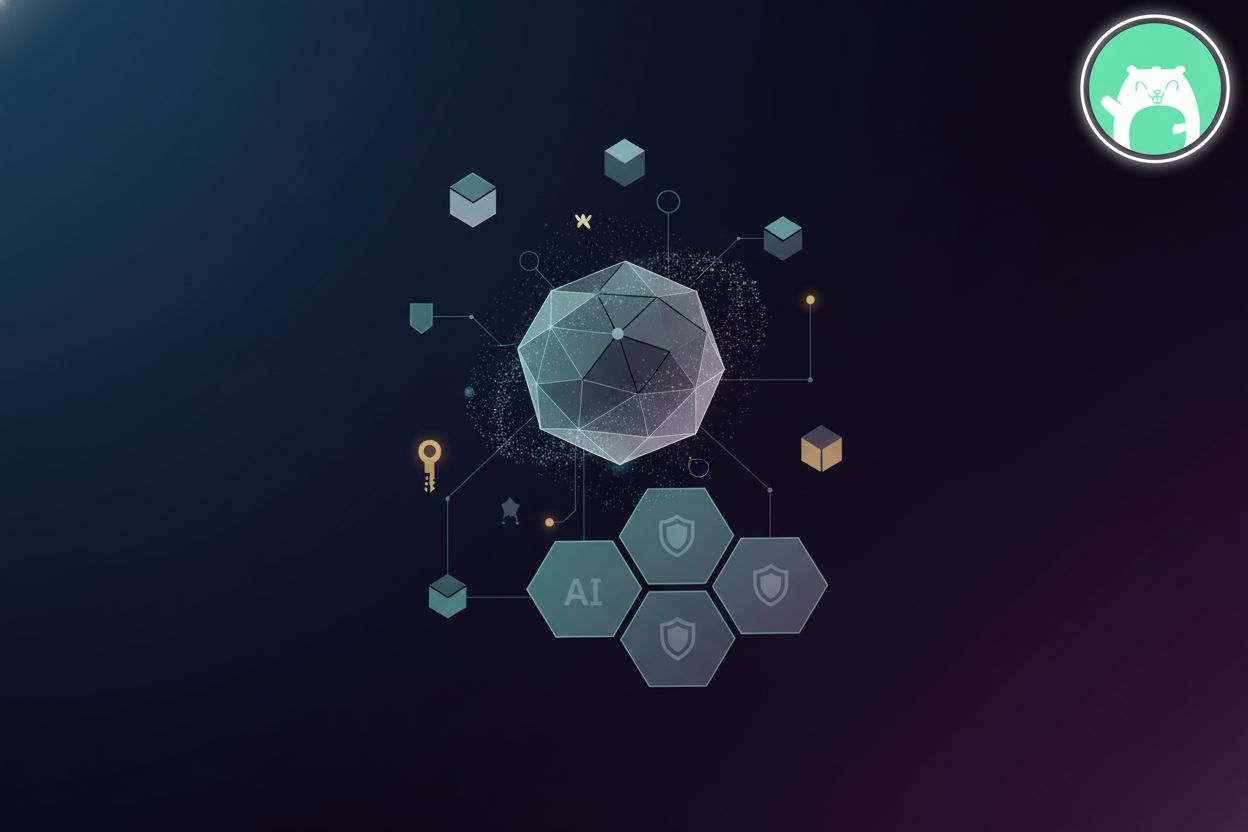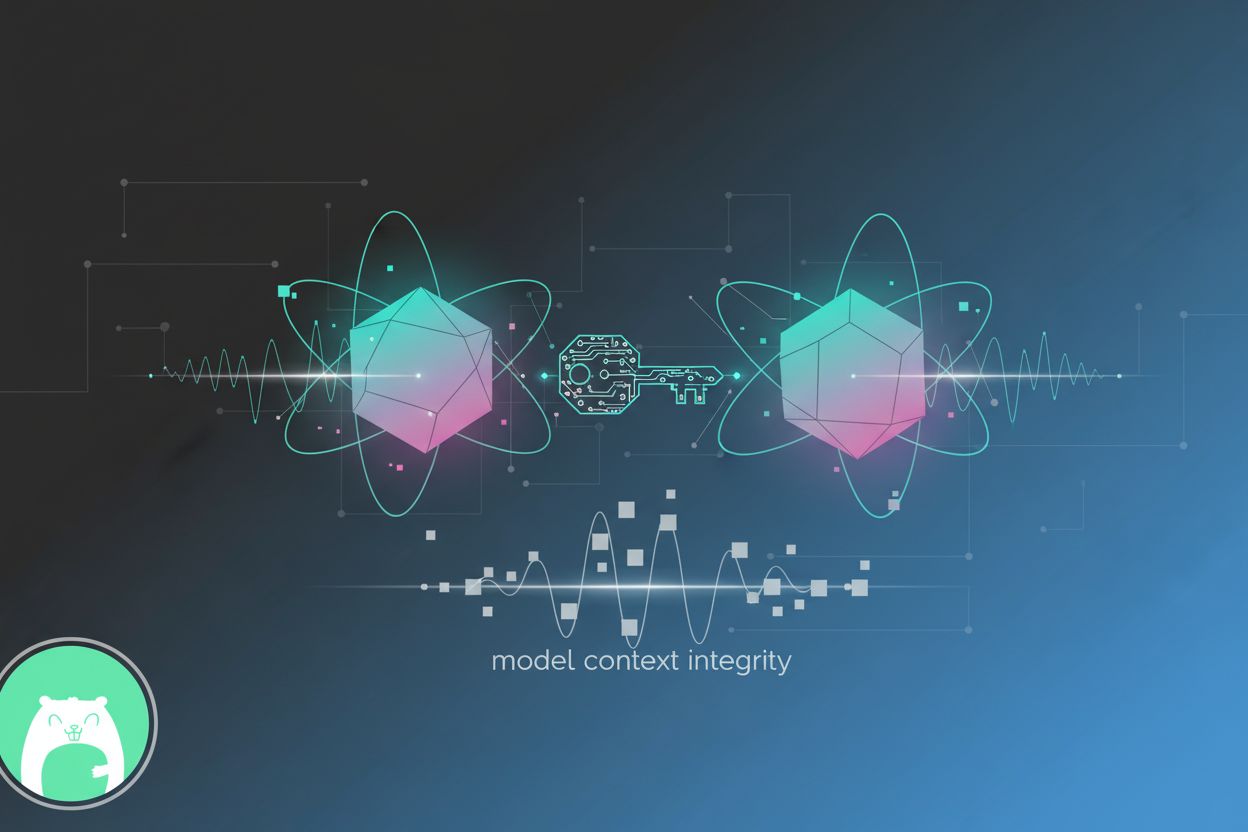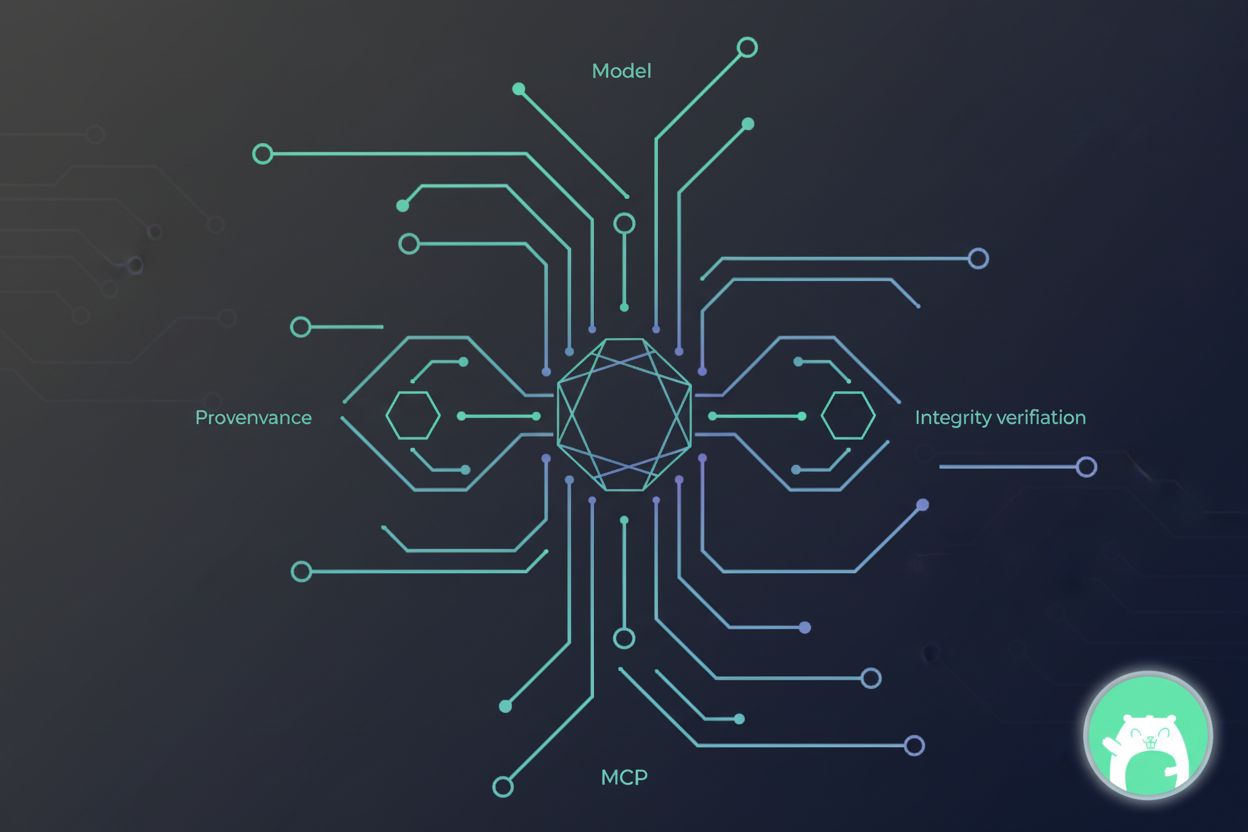Quantum-Resistant Federated Learning for AI Model Privacy

TL;DR
The Looming Quantum Threat to Federated Learning
Okay, so, quantum computers are coming, and they're bringing bad news for, like, all our current security. This ain't just about federated learning, either; general data encryption and digital signatures are also gonna feel the heat. You might be asking, "So what?" Well, federated learning is gonna have a problem, big time.
Here's the deal:
- Shor's Algorithm is a quantum algorithm that can basically crack RSA and ECC encryption like an egg. Which is bad, since those are what we use everywhere right now.
- Current encryption standards? Yeah, they're toast. Federated learning relies on this encryption to keep model updates private, but it won't stand a chance against a quantum computer. (NIST Releases First 3 Finalized Post-Quantum Encryption Standards)
- Think of it as a "harvest now, decrypt later" situation. Bad guys could be snagging encrypted data now, knowing they'll be able to read it in a few years.
This means we need to get serious about quantum-resistant cryptography, like, yesterday. because federated learning protocols rely on encryption for secure aggregation, and the continuous nature of this encrypted communication creates a significant attack surface. We need a proactive approach to quantum resistance, before it's too late. Now, what does that even look like? Let's dig into that next.
Post-Quantum Cryptography: A Foundation for Secure Federated Learning
Okay, so, post-quantum cryptography. It's not just some buzzword, its about future-proofing federated learning. I mean, think about how much sensitive data goes into training these ai models, right? We can't just leave the door open for quantum computers to waltz in and steal the show later.
- Long-Term Security: We needs encryption that'll last, cause, like, data harvested today could be decrypted years down the line.
- Evolving Standards: The National Institute of Standards and Technology (nist) is, like, already on it, picking out algorithms that can withstand quantum attacks. NIST selection is important because it means these algorithms have gone through a rigorous evaluation process and are moving towards standardization, giving us confidence in their security. (NIST Announces First Four Quantum-Resistant Cryptographic ...)
- Functional Encryption (FE): As highlighted in a paper on OpenReview.net, functional encryption can enable secure and quantum-resistant aggregation while securing user model parameters.
Thing is, it's not just about swapping out old encryption for new. The whole system needs adjusting, you know? We gotta think about key management, algorithm performance, and how it all fits together. Hybrid approaches, where you mix current and post-quantum methods, might be the way to go for now, to. This is a good strategy because it offers backward compatibility with existing systems, allows for a gradual transition to new standards, and mitigates the risks associated with adopting entirely new post-quantum algorithms before they're fully battle-tested.
Next up, let's dig into lattice-based cryptography, which seems to be a frontrunner in this quantum-resistant race.
Implementing Quantum-Resistant Secure Aggregation
Okay, so, how do we actually do this quantum-resistant secure aggregation thing? It's not like you can just sprinkle some quantum dust on your existing setup, y'know?
- First off, you gotta swap out those old crypto algorithms. Think lattice-based cryptography, like Kyber. It offers a solid base for secure key exchange, and it's designed to withstand quantum attacks.
- But it ain't just about swapping algorithms, you hear? The whole secure aggregation protocol needs tweaking to work with the new crypto. That means rethinking how you handle key management and how you ensure that, uh, privacy is still maintained during the aggregation process.
- And, yeah, there is a catch: post-quantum crypto can be heavier on the computing resources. This is because they often involve larger key sizes and more complex mathematical operations compared to their classical counterparts. That's why optimization is key. Things like hardware acceleration and smarter code can help keep things running smoothly. Smarter code here means things like efficient implementation of cryptographic primitives and optimized data structures to minimize computational overhead.
So, imagine a hospital network training an ai to spot tumors. They'd use these adapted protocols to keep patient data safe, even from future quantum attacks. It's about protecting that data now for what might happen later.
Next up? Let's talk about, like, mixing old and new crypto for a smoother transition.
Challenges and Solutions in Quantum-Resistant Federated Learning
Okay, performance, huh? Yeah, that's always the thing, ain't it? Quantum-resistant stuff can be a drag on resources, but it's not a done deal. Here's the gist:
- Optimization is key: JIT compilation, like, really helps.
- Hardware Acceleration helps: While AES-NI is a hardware acceleration feature for classical AES encryption, it's not directly related to post-quantum algorithms. However, in hybrid approaches, where classical encryption might still be used for certain tasks or components, hardware acceleration like AES-NI can still contribute to overall system performance.
- Algorithm Choice: Picking the right algorithm for the job matters.
I mean, think about it-- a small financial firm using federated learning for fraud detection; they'll need that speed, but they also need the security.
Real-World Applications and Case Studies
Okay, so, where do we actually see this stuff in action? It's not all theory, you know.
Quantum-resistant federated learning is super important in healthcare, where patient data needs top-notch security. Think hospitals training ai to spot diseases, but they can't share sensitive info. Quantum-resistant methods, combined with stuff like differential privacy, adds layers of protection. Differential privacy is a technique that adds noise to data or query results to prevent individual data points from being identified, ensuring privacy even when data is aggregated. This complements quantum-resistant cryptography by providing an additional layer of privacy assurance.
In finance, quantum-resistant systems are key for fraud detection and meeting regulations. Banks can train models together without sharing transaction details, and still have the security they need. It's like a bunch of banks teaming up to catch the bad guys, but without showing each other their customers' secrets.
hey, according to Personalized Quantum Federated Learning for Privacy Image Classification, a personalized quantum federated learning algorithm can obtain global and local models with excellent performance. This paper demonstrates how personalized quantum federated learning can be applied to image classification, showcasing its potential for achieving high performance while maintaining privacy in specific applications.
So, yeah, the quantum threat is real, but these applications show that we're not helpless. Quantum-resistant federated learning is more than just a cool idea.





